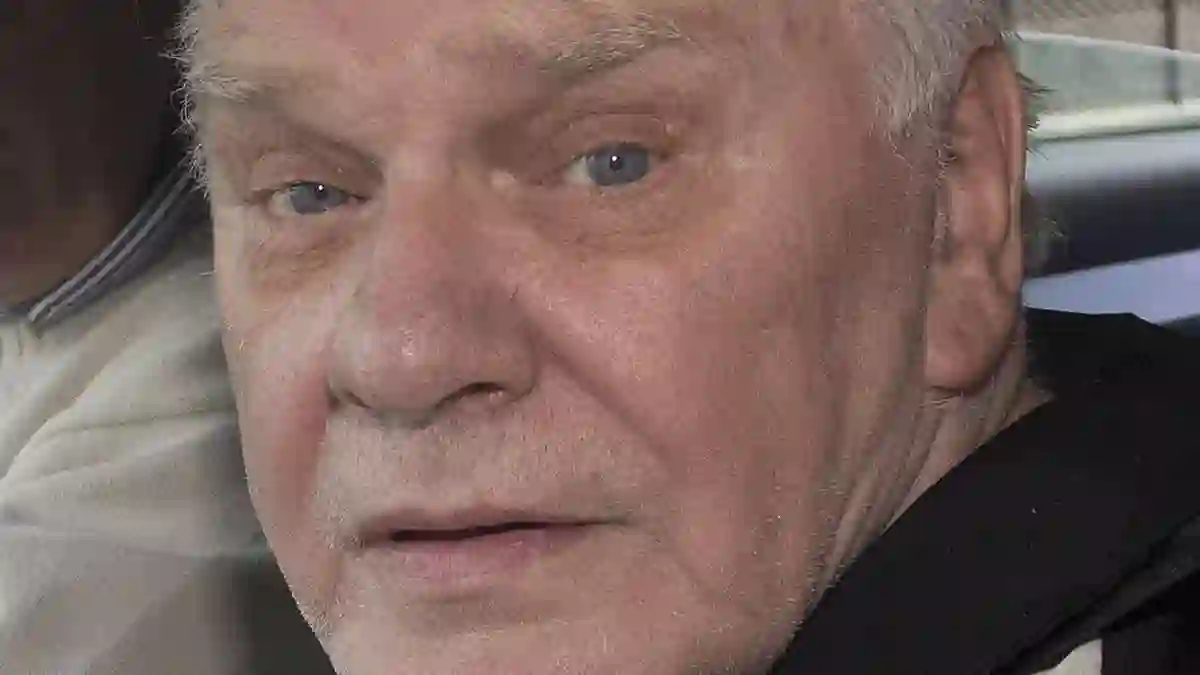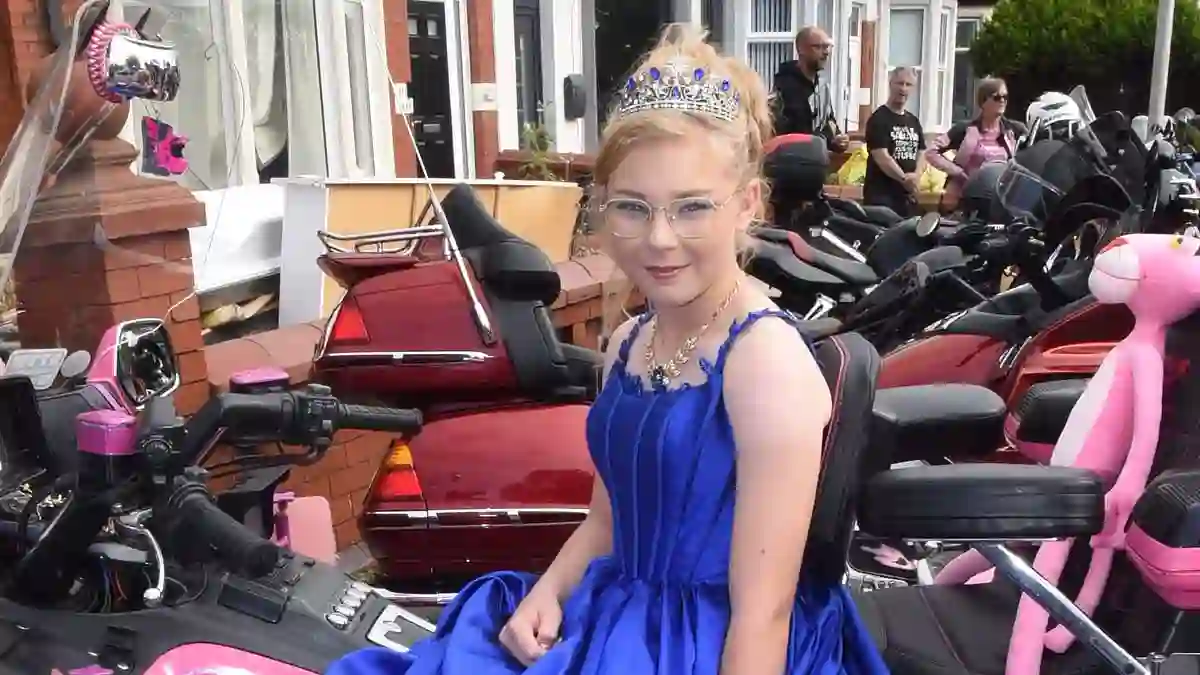For Courtney Kidd, the news came like a thunderbolt. At just 19, she learned that without a new liver, her life would be in jeopardy.
Already diagnosed with Crohn’s disease five years earlier, the New York native discovered elevated liver enzymes during routine bloodwork, leading doctors to suspect something more serious.
An MRI later confirmed she had primary sclerosing cholangitis (PSC), a progressive liver disease that causes scarring inside the bile ducts, eventually leading to liver failure.
Kidd recalls the moment vividly: “The doctor came in, sat on my bed, took my hand, and said, ‘I don’t want you to Google this, but you have something called PSC.’ It was terrifying.”
Coming to Terms With PSC
PSC has no definitive cure, and Kidd quickly realized she would eventually need a liver transplant.
“There’s no real medication for it,” she says. “I decided to do things while I felt good because I had no idea what was going to happen.”
Over nearly a decade, she lived a full life—traveling to 12 countries, including three years in Scotland—while remaining fairly symptom-free.
Understanding Liver Disease
Liver disease affects about 100 million Americans, though many don’t know it.
Fatty liver disease is the most common, often developing silently until cirrhosis, or scarring, occurs.
Cirrhosis is irreversible, making liver transplant the only definitive treatment. PSC’s causes are unclear but often linked to autoimmune reactions and inflammatory bowel diseases; nine out of ten PSC patients also have Crohn’s disease or ulcerative colitis.
Waiting for a Liver
Now 38, Kidd is among 9,000 Americans awaiting a liver transplant, the second most sought-after organ behind kidneys.
While most transplants come from deceased donors, more patients are seeking living donors, who can donate up to 70% of their liver.
Remarkably, the liver regenerates in about three months for both donor and recipient.
Kidd’s MELD score, which measures urgency for a liver transplant, hovers around 10–12—low enough that a deceased donor call is unlikely. “My only viable option without getting really sick is a living donor,” she explains.
Living With PSC
Even as her condition progresses, Kidd maintains her private therapy practice and tries to live as normally as possible.
“I had to stop a lot of the things I love. I used to travel constantly, but now I’m homebound more in New York.”
PSC also puts pressure on the portal vein, making her prone to bleeding, and has weakened her immune system, resulting in multiple hospital visits each year.
Finding a Donor
Kidd’s living donor would need to have type A or O blood, be healthy, and be able to travel to Long Island, New York, for surgery.
Testing can be done remotely, and her insurance covers all donor-related costs.
Kidd hopes her story inspires others to consider liver donation and plans to create a national liver donation registry to help patients get matched more quickly.
Looking Forward
If a donor is found, Kidd’s first trip with a new liver will be to Ireland with her mother, and she dreams of returning to the jet-setting life she once loved.
“I’d really like to get back to my life,” she says, showing remarkable resilience in the face of a life-altering condition.



